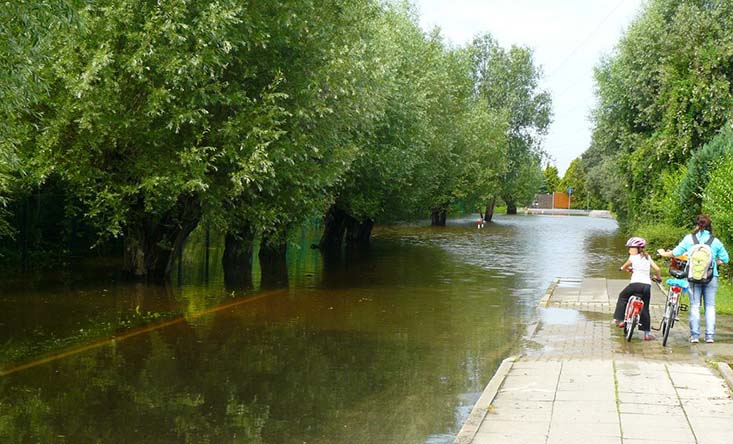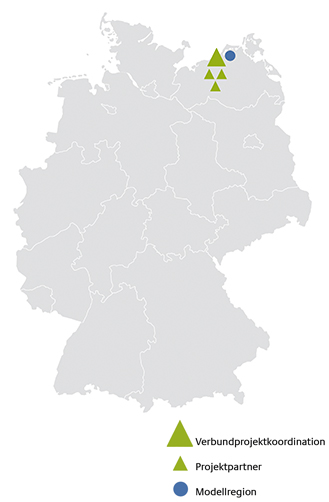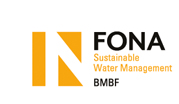KOGGE
Mutual development of municipal water bodies in urban areas



MEASURES FOR THE RENATURALISATION OF SMALL STREAMS
Small streams and creeks in urban areas are inevitably altered from their pristine nature. But in contrast to large rivers, there exist no legal guidelines with regard to the preservation and maintenance of such small streams and creeks. Although all water bodies fall under the European Water Framework Directive (WFD), small streams and creeks are not subject to report. This shortcoming results in a lack of available concepts for state analysis and achievement of the good ecological status of such urbanised small streams and creeks.
There are a multitude of diverse, cross-linked water bodies in urban areas resulting from a long history of anthropogenic impact. As an example, the Hanseatic city of Rostock has more than 200 kilometres of watercourses and standing waters. Additionally, there are 1,200 kilometres of sewer network as well as the river Warnow flowing through the city.
Based on this model region the project consortium of KOOGE strives for the generation of a strategic development concept for small urbanised water bodies.
GOALS
The final product of the KOGGE project is an integral development concept for small urbanised water bodies. This development concept evolves by cooperation of the project consortium as well as through the active involvement of public stakeholders. The main of objectives of the KOGGE project are:
- To promote the cooperation of all relevant stakeholders responsible for the management of water bodies and municipal issues
- To develop and test innovative ways for citizen participation regarding the use and development aims of small urbanised water bodies
- To set up a spatial-data management system as a basis for collaboration
- To develop generic methods for system analysis and evaluation of the ecological state of small urbanised water bodies which are not subject to report according to the WFD
- To analyse the correlation between hydraulic- and pollutant-based impacts regarding the effect of the ecological status of water bodies
- To identify and preserve significant water systems with regard to spatial planning and ecological statusTo transmit the project results to applied water management practice
- To Transmit the project results to applied water management practice

Measurment of the floodplain morphology
MODEL REGION
The chosen model region of Rostock is distinctive for cities of the northern German lowlands. Characterised by its low relief and marked by long-time anthropogenic influences, the city of Rostock comprises various types of water bodies such as estuaries and drainage ditches and additional standing waters and wetlands. The manifold small creeks throughout the city area provide vital ecosystem services while at the same time being exposed to anthropogenic stress. Resulting from its flat morphology there exist intensive interactions between groundwater, surface waters, the drainage system and further urban infrastructures.
Key messages
- A city-wide water body development concept for Rostock was exemplarily developed.
- This was based on the establishment of an interdisciplinary collaboration. The amalgamation of relevant geoinformation as well as various water management, scientific and other models significantly facilitates the development of a joint understanding of processes and issues. It also necessitates data management based on common standards.
- Transferable analysis- and assessment methods for the hydrologic-hydraulic, ecological and sociocultural classification of small water bodies in mostly urban areas were developed. For water bodies not mandated for WFD-reporting there is a new bioindicative assessment procedure. By calculating water-related ecosystem services, development measures can be developed and justified in a more targeted manner.
Further Information
Kontakt
-
Universität Rostock
Professur für Wasserwirtschaft
Prof. Dr. Jens Tränckner
T: +49 381 498 3640
M: jens.traenckner@uni-rostock.de -
Anne Walter
T: +49 381 498 3470
M: anne.walter@uni-rostock.de


 Deutsch
Deutsch




